San Antonio turned 300 this year, so Elaine and I thought we should go celebrate with them. We spent three days at the Hotel Contessa on the River Walk and walked or took an Uber to the points of interest we wanted to see.
Oh, yeah, we also took a bus tour of the city first to help us decide what those points of interest would be. Of course, the driver exposed us to information overload on the tour, but it is a good way get acquainted with the city, even if you have been there before, which we both had. But not with a tour guide. So not necessarily in chronological or any particular order, this is what we found worth our time.
Any Texan of my generation has heard of Pearl beer and perhaps even drank a few before the brewery closed down. Now the site has been made into a tourist trap, albeit a nice one. Now they just call it The Pearl. We did the requisite shopping and I took lots of pictures.
Part of the brewery has been turned into a high-end hotel, the Hotel Emma, and they chose to keep some of the brewery equipment to give the place a distinct look and keep some history.
San Antonio is 300 years old, remember, and is full of beautiful, ornate old buildings, the kind they just don’t make like that anymore. Reminded me of architecture I took pictures of in New York City. So of course I took pictures of designs and ornamentation here, too.
We passed a hat factory on the bus tour and the building was ringed with open-mouthed gargoyles similar to this one. the driver said on days when they were shaping the hats’ crowns, which as you know is done with steam, steam would come out of the gargoyles mouths! Nobody would go to the trouble to add that bit of whimsy to a building today.
The King William District is full of lovely old homes. The marker of the area is the Pioneer flour building, historical in itself.
I could have taken picture after picture for blocks, but you get the idea.
We walked to the Cathedral of San Fernando downtown for a light show celebrating the history of the city. This is the cathedral at sundown before the show began.
And here are few views of how it looked during the light show.
La Villita is a shopping area on the River Walk a short walk away from our hotel, so naturally we spent some time there. You enter from the River Walk at the amphitheater where various productions are staged from time to time. None were scheduled when we were there, but it was still a pretty part of the River Walk. This is the stage.
Across the river is the seating which also leads up to La Villita.
And this is a section of the La Villita shopping area.
It never hurts to take the River Walk boat tour again, so we did. I took a few pictures, but mostly enjoyed just looking and listening to the tour guide; more information overload, but that is the nature of the beast and the reason you should take the ride more than once. A refresher course never hurts. I failed to take a picture of the boat, but I did get some shots of the scenes along the river, some of which were the buildings I showed you earlier, but here are some more.
The River Walk came about after a devastating flood of the San Antonio River in 1921 and an architect named Robert Hugman came up with the idea. It has gone through many changes and expansions since then.
The boat tour winds past the Rivercenter shopping area. I liked these sago palms planted on top of columns.
The Briscoe Western Museum was a block away from the hotel and assessable from the River Walk by walking up the stairs by this sculpture. Somehow we never made it inside and we meant to. It will have to be on the to-do list for another visit.
We spent several hours shopping at the Mercado, the Market Square, sort of an outdoor/indoor Mexican market not located on the River Walk.
We ate at Mi Tierra, a popular Mexican food restaurant there. The waitresses were all dressed in the same red, white, and green Mexican peasant dresses and added more color to an already colorful atmosphere. Can you find the waitress?
Of the five missions in San Antonio, we had time for two. the Alamo, of course, and Mission San Jose y San Miguel de Aguayo, simply referred to as Mission San Jose and which is considered to be the “Queen of the Missions.” The building of the mission using Spanish colonial Baroque architecture began in 1768 with the founding ceremony being held in 1720.
We had both been to the Alamo before, but that too always deserves another visit. This time we watched the IMAX movie about the battle at the Alamo, had lunch at Margaritaville on the river and then toured the Alamo.
Photos aren’t allowed inside, so all I have to show you is how it looks outside. The front looks somewhat different from the original building, and the area where mission life took place that is still in tact at Mission San Jose was destroyed by retreating Mexican soldiers after the battle at Santa Anna and in more recent times been eaten up by downtown urban development. The full name of the Alamo is Mission San Antonio de Valero and it dates back to 1718, the first mission in San Antonio. But even if the look has changed, it is still our Alamo and is a pleasure to visit. All the San Antonio missions, by the way, have been designated World Heritage Sites.
This is part of the grounds behind the Alamo.
I found the permanent display outside showing the changes in the land surrounding the Alamo and other historical information interesting and surprising to read. Part of the history deals with how the building looked originally and when the façade was repaired and given the look we now know in 1846 when being used by the U.S. Army as a Quartermaster’s Department on the eve of the Mexican-American War.
Our last Uber trip was to the Japanese Gardens near Brackenridge Park, another place I had been before but enjoyed seeing again. The garden was built in an abandoned stone quarry, a beautiful way to reclaim an ugly man-made hole in the ground.
I will leave you with another bit of history about San Antonio. Joske;s used to be the place to shop before it was bought out by Dillard’s in 1987. The Joske’s building took up half a city block and in 1945 when the store wanted to expand, it eventually surrounded St. Joseph’s Catholic Church, which refused to sell the property to them. It is still there today. Google Joske’s and you will see a fun picture of it. After other buyouts, Dillard’s bought Joske’s in 1987, and now the building has been turned into an indoor shopping mall, but at least someone had the presence of mind to keep the old building and repurpose it rather than destroying it and replacing it with yet another bland glass and metal structure with no personality. The vertical sign on the corner of the building used to say JOSKE’S with much more class than this hodgepodge sign that replaced it.
And that just about covers our trip. We had a great time, talked late every night, and put over 10,000 steps on my phone app every day in spite of our Uber transportation, which was a fun part of the trip for me-my first experience with Uber. I’m pretty sure we don’t have any Uber drivers in Muleshoe. Ha.
But we might use Uber next year on the next trip. Already looking forward to it, Uber or not.
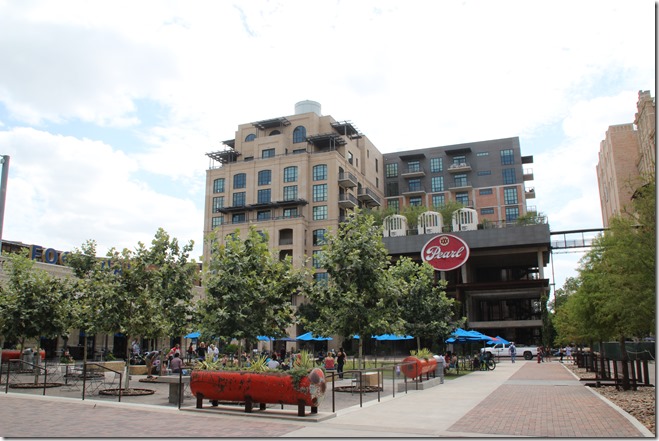





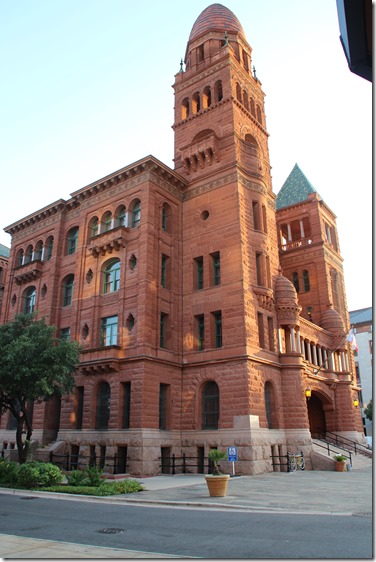









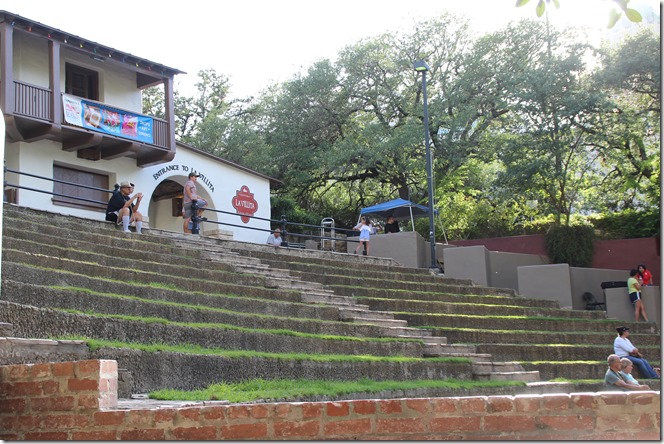

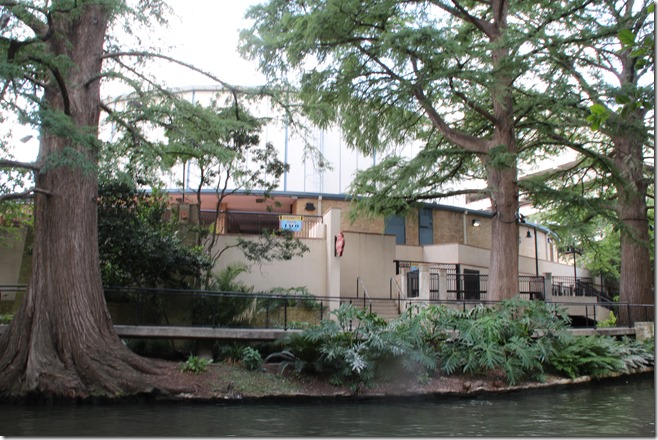
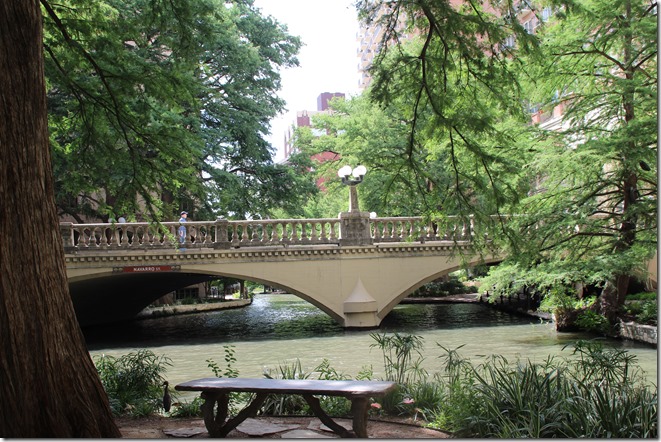

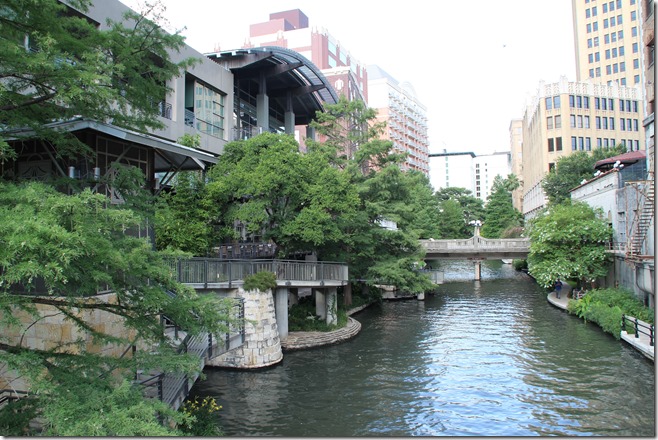

















Recent Comments